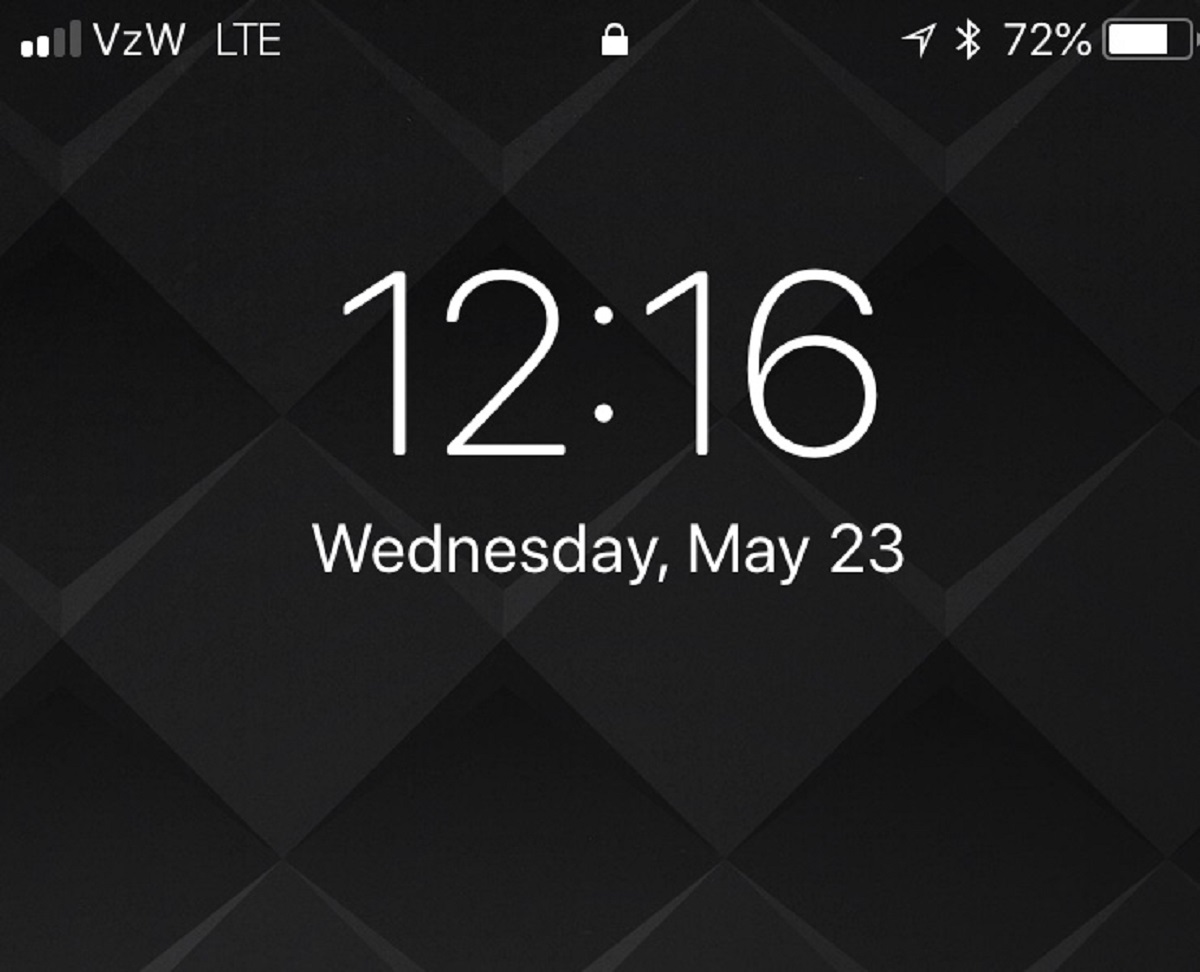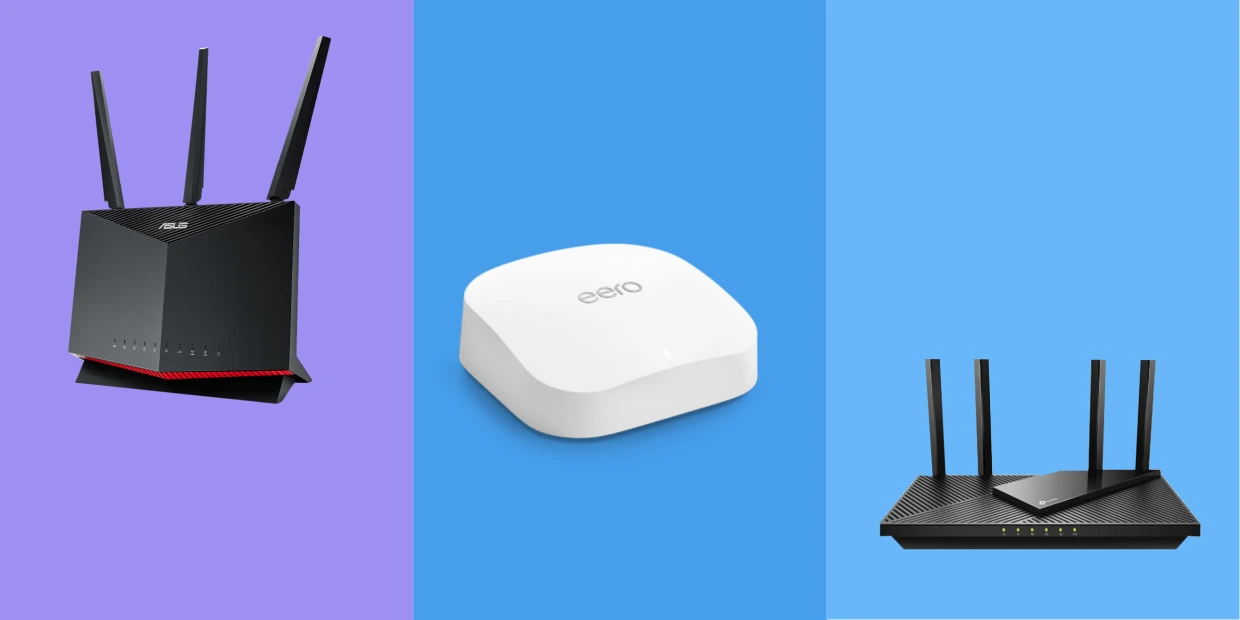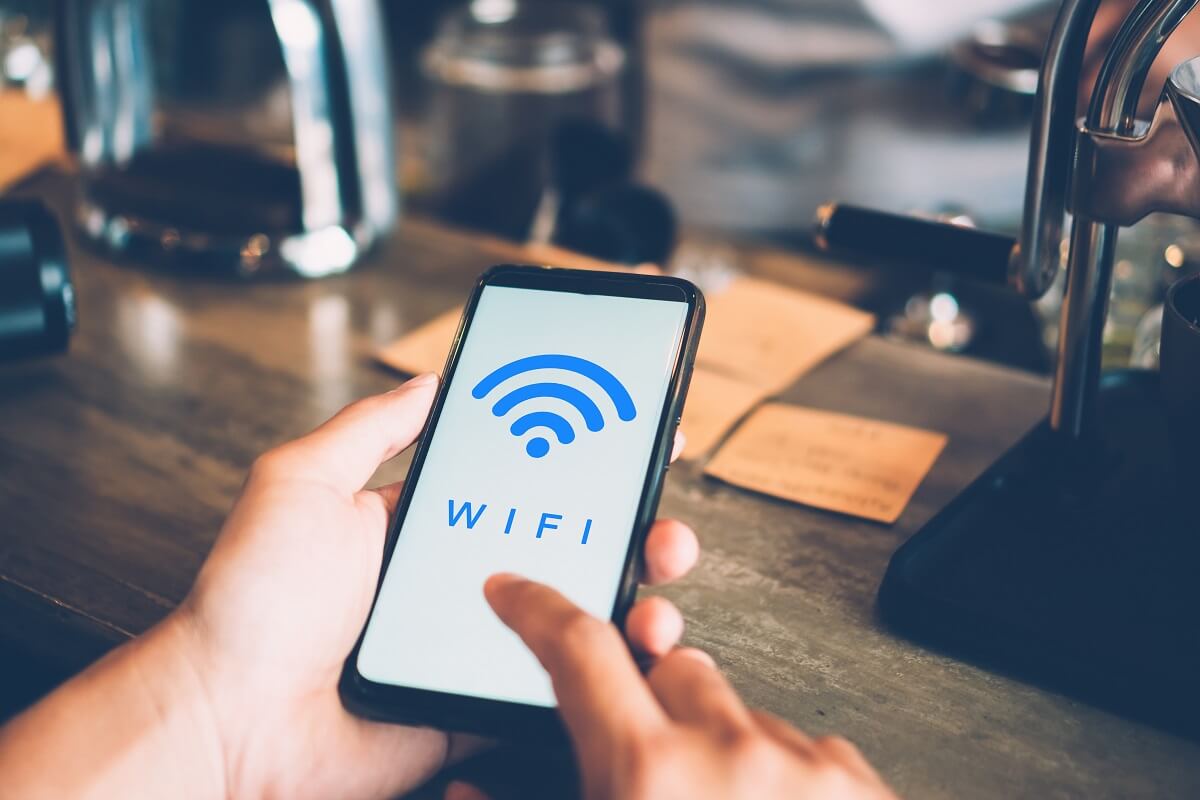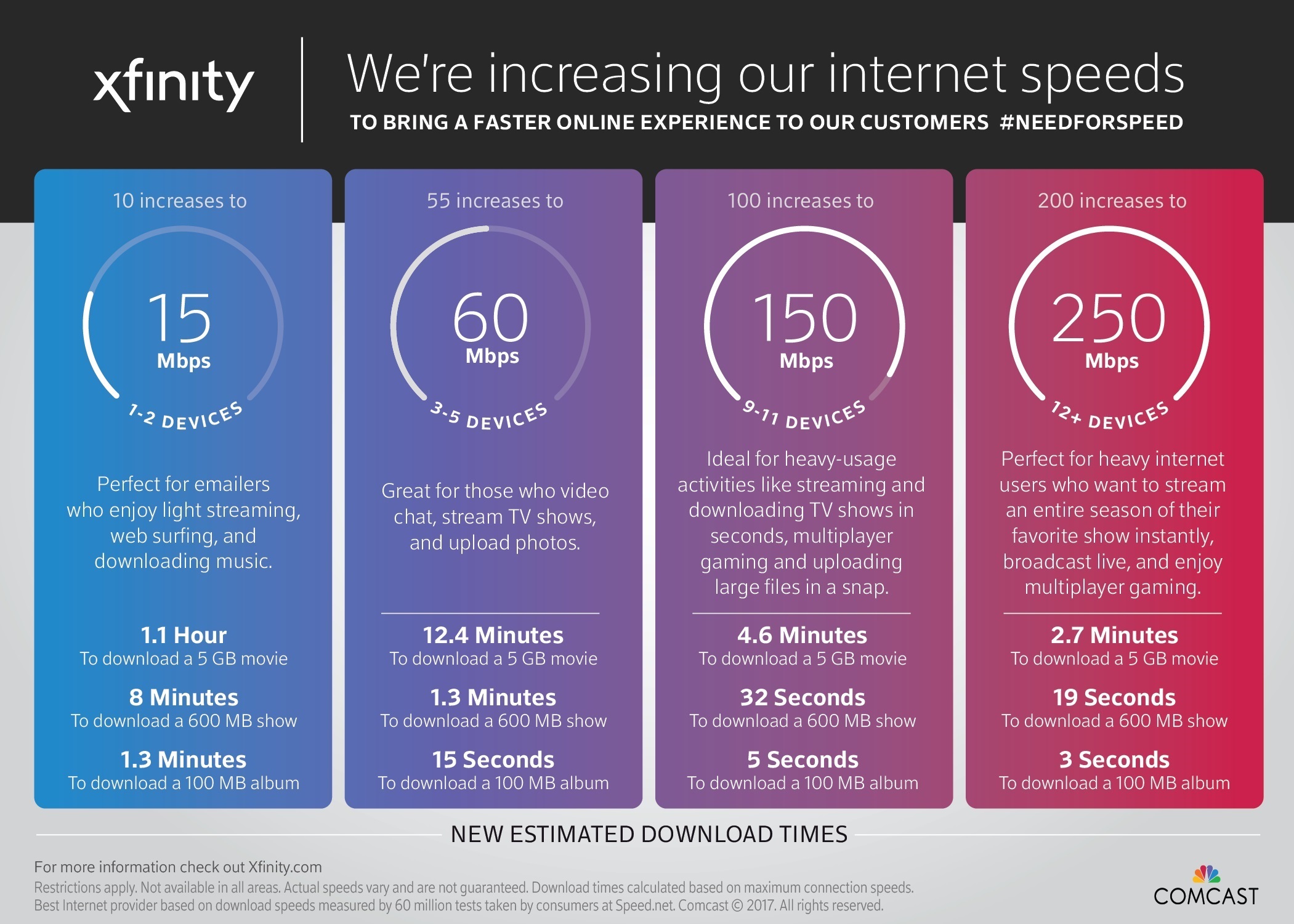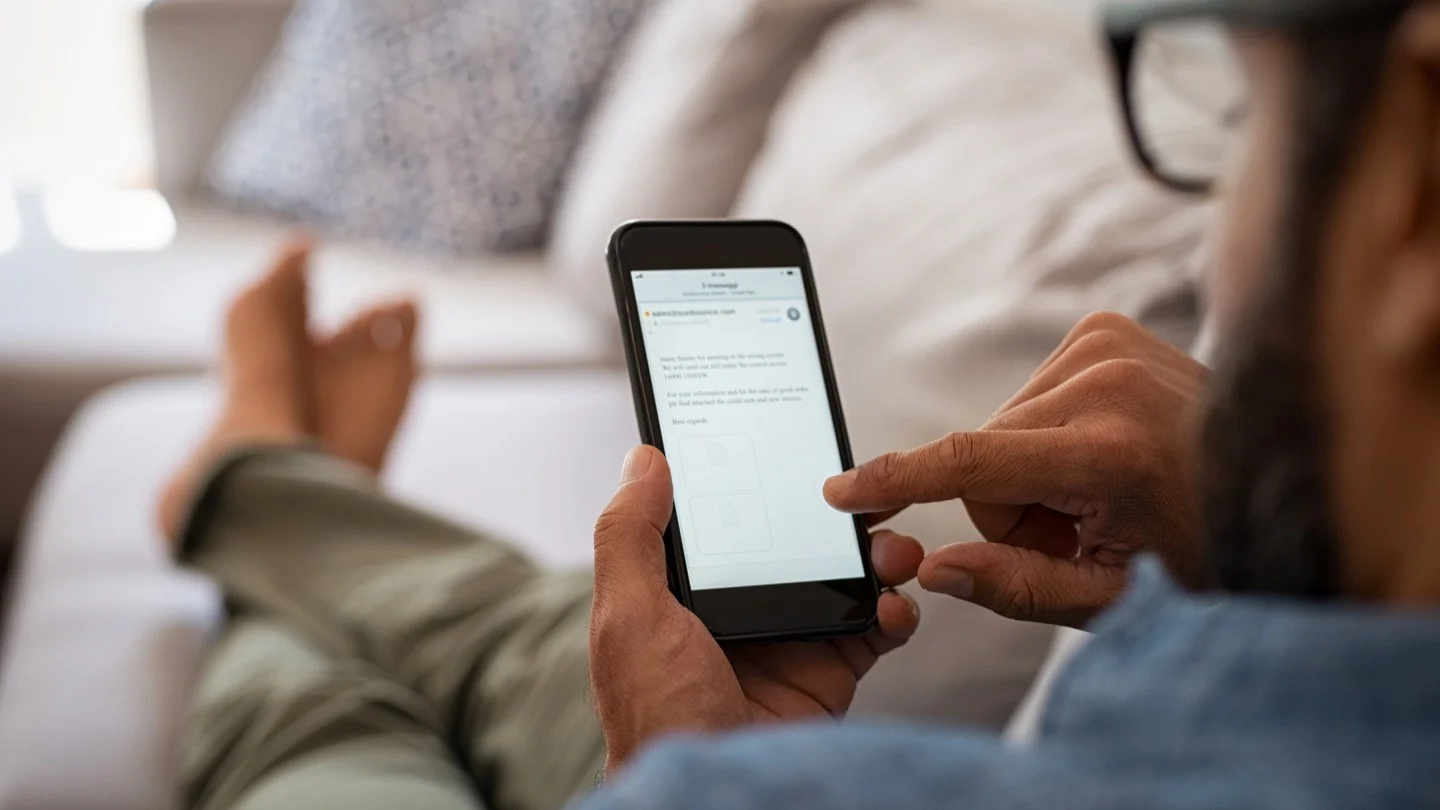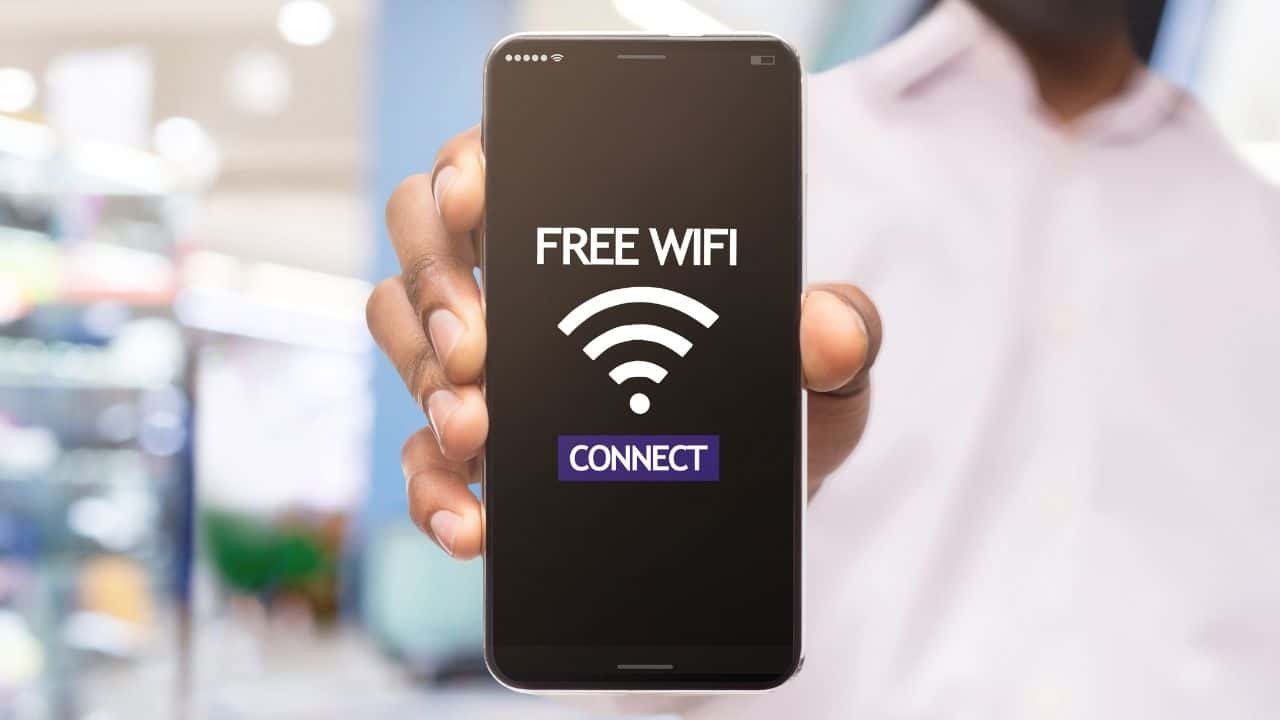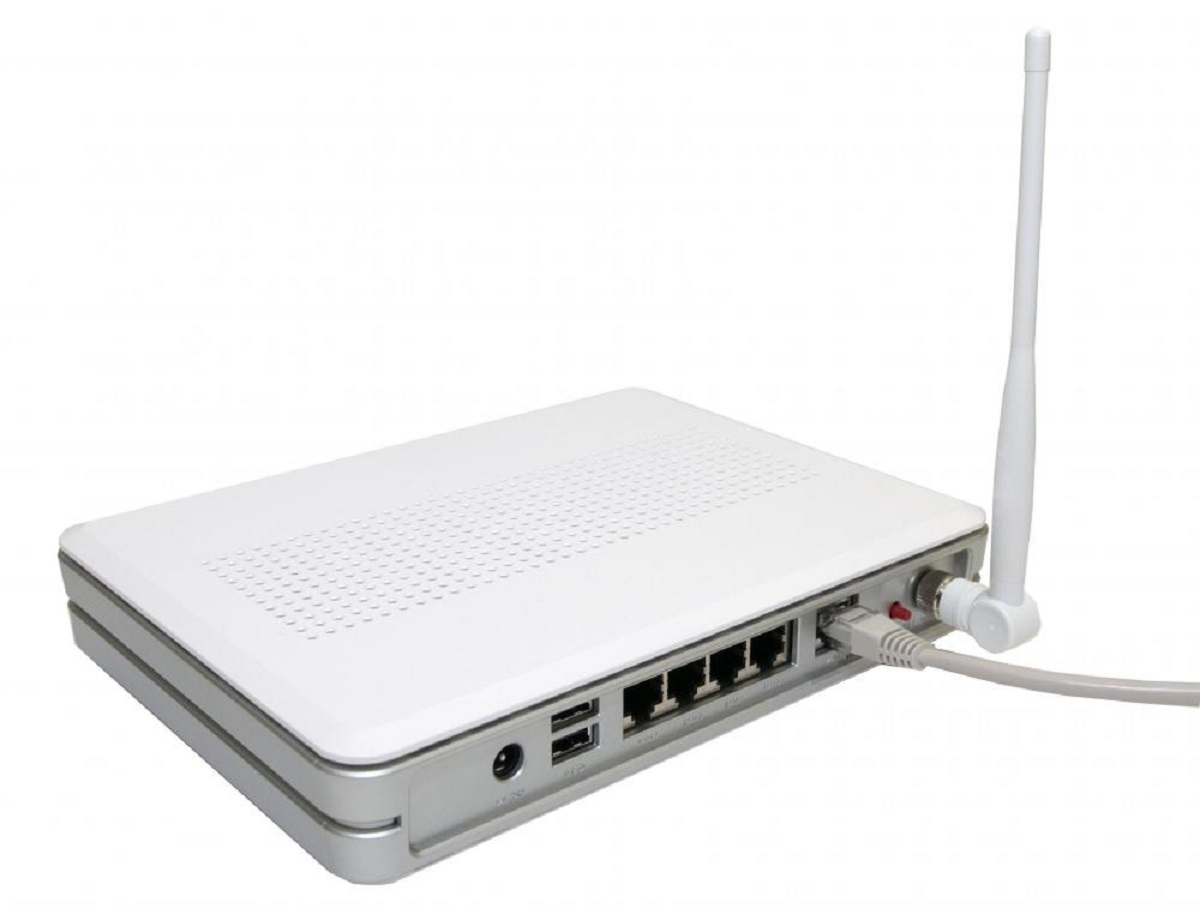Introduction
Welcome to the digital age, where internet connectivity has become an essential part of our daily lives. Whether it’s for work, education, entertainment, or staying connected with loved ones, having access to the internet has become a necessity. While most of us rely on Wi-Fi for internet access, there may be situations where we find ourselves without a Wi-Fi connection. However, all hope is not lost. In this article, we will explore various options for connecting to the internet without Wi-Fi.
Life has a way of throwing us curveballs, and sometimes we find ourselves in places where Wi-Fi isn’t available. It could be while traveling, during a power outage, or in a remote location where Wi-Fi signals are weak or nonexistent. However, with the advancements in technology, there are alternative methods to stay connected and access the internet without relying on a Wi-Fi network.
In the following sections, we will explore a range of options to connect to the internet without Wi-Fi. From using mobile data and tethering, to utilizing Ethernet connections and public Wi-Fi hotspots, we will cover various solutions that can help you stay online, regardless of your circumstances.
So, if you find yourself in a situation without Wi-Fi, fret not. With the right tools and know-how, you can stay connected and browse the web, send emails, and access your favorite online content. Let’s dive into the options and find the one that suits your needs best.
Option 1: Mobile Data
One of the most common and convenient ways to connect to the internet without Wi-Fi is by using your mobile data. If you have a smartphone with an active data plan, you can access the internet anywhere you have cellular coverage.
Mobile data allows you to browse the web, stream media, use social media apps, and perform various online activities using your cellular network. This means you can stay connected even when Wi-Fi is not available.
To use mobile data, make sure that your smartphone has a data plan activated with your network provider. Most providers offer different data plans with varying amounts of data allowance, so choose a plan that suits your needs.
Once you have an active data plan, simply enable the mobile data option on your smartphone. This can usually be found in the settings menu, under the network or data usage section. Once enabled, your phone will connect to the cellular network and allow you to access the internet.
It’s important to keep in mind that using mobile data may consume your data allowance, so be mindful of your usage to avoid exceeding your allotted amount. Also, keep track of your data usage to prevent any unexpected charges or slowdowns in internet speed.
Mobile data is ideal for situations where you need internet access on-the-go or when Wi-Fi is unavailable. Whether you’re traveling, in a remote area, or experiencing a Wi-Fi outage, mobile data provides a reliable and convenient way to stay connected.
Additionally, if you have a cellular-enabled tablet or a mobile hotspot device, you can also use mobile data to connect other devices, such as laptops or gaming consoles, to the internet. This process, known as tethering, allows you to share your mobile data connection with other devices through a Wi-Fi or USB connection.
In the next section, we will explore the option of tethering and how it can provide an alternative method of accessing the internet without Wi-Fi.
Option 2: Tethering
If you have a smartphone with mobile data, another option to connect to the internet without Wi-Fi is through tethering. Tethering allows you to share your mobile data connection with other devices, such as laptops or tablets, by turning your smartphone into a portable Wi-Fi hotspot.
To set up tethering, start by accessing the settings menu on your smartphone. Look for the “Tethering” or “Hotspot” option, which may be under the “Connections” or “Network” settings.
Once you’ve located the tethering option, you can enable it and configure the hotspot settings. Typically, you can set a network name (SSID) and password for your hotspot to secure the connection. This will ensure that only authorized devices can connect to your hotspot.
After enabling the hotspot, your smartphone will broadcast a Wi-Fi signal that other devices can detect and connect to. Simply search for available Wi-Fi networks on your laptop or tablet and select your smartphone’s network from the list. Enter the password you set, and you’ll be connected to the internet using your smartphone’s mobile data.
It’s worth noting that tethering consumes your mobile data allowance, so keep an eye on your usage to avoid exceeding your plan’s limits. Streaming media, downloading large files, or using data-intensive applications can quickly deplete your data allowance.
Furthermore, tethering may also impact your smartphone’s battery life, especially if you’re simultaneously using data-intensive applications on connected devices. To ensure a reliable connection, it may be beneficial to keep your smartphone connected to a power source during tethering.
Tethering is a versatile option for accessing the internet without Wi-Fi, as it allows you to connect various devices and take advantage of your smartphone’s mobile data. Whether you’re working remotely, studying in a coffee shop, or traveling, tethering provides a convenient and flexible way to stay connected.
In the next section, we will explore another option for connecting to the internet without Wi-Fi: utilizing an Ethernet connection.
Option 3: Ethernet Connection
While Wi-Fi is the most common method for connecting to the internet, another reliable and often overlooked option is using an Ethernet connection. Ethernet provides a stable and high-speed internet connection by directly connecting your device to a wired network.
To utilize an Ethernet connection, you’ll need an Ethernet cable and a device with an Ethernet port, such as a desktop computer or a laptop with an Ethernet adapter. Many modern laptops come equipped with an Ethernet port, or you can use a USB-to-Ethernet adapter for devices without built-in ports.
Start by locating an Ethernet port, which looks like a larger version of a telephone jack, on your device. Connect one end of the Ethernet cable to the Ethernet port on your device, and the other end to an available Ethernet port on a modem, router, or a network wall socket.
If you’re using a public location, such as a hotel room or a library, there may be Ethernet ports available for guests to connect their devices. In such cases, you may need to obtain the necessary login information or ask the staff for assistance to access the internet through the Ethernet connection.
Once connected, your device should detect the Ethernet connection automatically, and you’ll have internet access without relying on Wi-Fi. Ethernet connections are known for their reliability and consistent speeds, making them ideal for tasks that require a stable internet connection, such as video conferencing, online gaming, or downloading large files.
It’s important to note that Ethernet connections are typically limited to the location where the wired network is available. This means that you may need to be physically connected to an Ethernet port or be within range of a network wall socket. Nonetheless, utilizing an Ethernet connection can be a valuable alternative when Wi-Fi is not an option or when you need a faster and more stable internet connection.
In the next section, we will explore the option of connecting to public Wi-Fi hotspots as a means of accessing the internet without relying on a Wi-Fi network of your own.
Option 4: Public Wi-Fi Hotspots
When you find yourself without Wi-Fi, one convenient option is to utilize public Wi-Fi hotspots. These are wireless networks provided by various establishments, such as cafes, restaurants, airports, and libraries, that allow individuals to connect to the internet free of charge or for a small fee.
To connect to a public Wi-Fi hotspot, start by enabling the Wi-Fi functionality on your device. Your device will scan for available wireless networks, and you can select the desired hotspot from the list of available networks.
Many public Wi-Fi hotspots require you to accept the terms and conditions or authenticate yourself through a web page before gaining internet access. Once you’ve completed the necessary steps, you’ll be connected to the internet through the public Wi-Fi network.
While public Wi-Fi hotspots provide convenience and accessibility, there are a few things to keep in mind. First, be cautious when connecting to unsecured or unfamiliar networks, as they can potentially expose your personal information to security risks.
It’s recommended to connect to trusted and encrypted Wi-Fi networks whenever possible. Look for networks that have a lock symbol next to their name, indicating that they are secured and encrypted. This ensures that your data is transmitted securely over the network.
Additionally, public Wi-Fi hotspots are shared among multiple users, which can impact the speed and reliability of the connection. You may experience slower speeds or intermittent connectivity during peak usage times. Therefore, public Wi-Fi hotspots are best suited for light web browsing, checking emails, and other non-data-intensive activities.
Lastly, be mindful of the time limitations on some public Wi-Fi networks. Some establishments may restrict the duration of use or limit the amount of data you can consume within a certain time period. If you require extended internet access, you may need to seek out establishments that offer unlimited or longer access to their Wi-Fi hotspot.
Public Wi-Fi hotspots can be a convenient option for accessing the internet when you’re without Wi-Fi. They provide an easily accessible and cost-effective solution, allowing you to stay connected while on the go. However, it’s important to prioritize your online security and be aware of the limitations and potential risks associated with using public Wi-Fi networks.
In the next section, we will explore another alternative for accessing the internet without Wi-Fi: internet cafes.
Option 5: Internet Cafes
If you’re in need of a reliable internet connection without Wi-Fi, internet cafes can be a great option. Internet cafes are establishments that provide computers with internet access for public use, usually for a fee.
Internet cafes offer a dedicated space where you can sit and use a computer connected to the internet. This can be especially useful if you don’t have your own device with you or need to use specific software or applications that are not available on your device.
To use an internet cafe, simply find a nearby establishment and inquire about their services. You’ll typically need to pay for the usage on an hourly or per-minute basis. Some internet cafes may also offer the option to print documents or access other amenities, such as scanners or gaming facilities.
Internet cafes provide a reliable and secure internet connection since they are specifically designed for public internet access. The computers are usually well-maintained, equipped with necessary security measures, and the network is managed to ensure a smooth browsing experience.
Furthermore, internet cafes can be a great option for travelers who may not have access to Wi-Fi or have limited mobile data while in a new location. It can serve as a convenient place to catch up with emails, research travel information, or stay connected with loved ones.
One thing to keep in mind when using internet cafes is to exercise caution with your personal information. Avoid accessing sensitive accounts or entering passwords on shared computers. Clear your browsing history and log out of any accounts before leaving the computer.
Additionally, it’s important to be respectful of other users in the space. Keep the noise level down and be considerate of the time you spend on the computer, especially if there is a queue of people waiting to use the computers.
Internet cafes provide a valuable option for accessing the internet without Wi-Fi, offering convenience, reliability, and access to computers for those in need. Whether you’re traveling or temporarily without your own device, internet cafes can be a reliable solution to stay connected.
In the next section, we will explore another alternative for connecting to the internet without Wi-Fi: satellite internet.
Option 6: Satellite Internet
If you find yourself in a remote or rural area without access to traditional internet options like Wi-Fi or Ethernet, satellite internet can be a viable solution. Satellite internet utilizes communication satellites orbiting the Earth to provide internet connectivity to users anywhere.
Satellite internet requires a satellite dish and a modem that connects to a dish outside your home or location. The dish receives signals from the satellite and transmits them to your modem, which then allows you to access the internet.
One of the advantages of satellite internet is its coverage. It can reach areas where traditional wired internet infrastructure is limited or unavailable, making it an excellent option for those living in rural or remote locations.
However, there are a few considerations when it comes to satellite internet. The first is latency, or the delay in transmitting data signals. Since the data needs to travel to and from the satellite, there is a slight delay, which can affect real-time activities such as online gaming or video conferencing.
Another factor to consider is weather interference. Rain, snow, or heavy cloud cover can potentially affect the quality of the satellite signal and temporarily disrupt your internet connection. While modern systems have improved in this aspect, it’s still worth keeping in mind.
Additionally, satellite internet plans typically have data usage limits or fair usage policies. When you exceed your data allowance, your internet speed may be throttled or restricted until the next billing cycle. It’s important to choose a plan that suits your usage needs to avoid any unexpected slowdowns.
Satellite internet can be a reliable option for those in remote areas or regions with limited internet infrastructure. It provides a way to connect to the internet when other options are not feasible.
If you’re considering satellite internet, it’s advisable to research different providers and compare plans to find the best option for your needs. Take into account factors such as pricing, data limits, reliability, and customer support to make an informed decision.
In the next section, we will explore another alternative method for connecting to the internet without Wi-Fi: powerline adapters.
Option 7: Powerline Adapters
If you’re looking to connect to the internet without Wi-Fi and don’t have access to an Ethernet connection, powerline adapters can offer a practical solution. Powerline adapters utilize your existing electrical wiring to transmit internet signals, enabling you to have a wired internet connection without the need for additional cables or Wi-Fi.
Powerline adapters work by using a pair of adapters – one connected to your modem or router and plugged into a power outlet near your internet source, and the other adapter plugged into a power outlet near the device you want to connect to the internet. These adapters communicate with each other through the electrical wiring, creating a stable and reliable connection.
To set up powerline adapters, simply connect one adapter to your modem or router using an Ethernet cable. Plug it into a nearby power outlet. Then, plug the second adapter into a power outlet near the device you want to connect to the internet, and use another Ethernet cable to connect it to the device.
Powerline adapters are ideal for situations where Wi-Fi signals are weak or inconsistent, or if you need a more reliable and stable internet connection for tasks that require low latency and consistent speeds, such as online gaming or video streaming.
While powerline adapters offer convenience and reliability, there are a few considerations to keep in mind. Firstly, the performance of powerline adapters can be affected by the quality and age of your electrical wiring. Older or faulty wiring may result in a diminished signal strength and slower internet speeds.
Additionally, powerline adapters may not work well across different electrical circuits or in locations with multiple electrical panels. In such cases, you may need to use multiple sets of powerline adapters or consider alternative methods for internet connectivity.
To ensure optimal performance, it’s recommended to use powerline adapters on the same electrical circuit within your property. Avoid using power strips or surge protectors, as they can interfere with the signal and reduce performance.
Overall, powerline adapters offer a simple and convenient solution for connecting to the internet without Wi-Fi. By leveraging your existing electrical wiring, you can enjoy a wired internet connection in areas where running Ethernet cables or relying on Wi-Fi may not be feasible.
In the next section, we will summarize the options discussed in this article and provide some final thoughts on connecting to the internet without Wi-Fi.
Conclusion
When Wi-Fi is not available, there are several alternatives for connecting to the internet. From utilizing mobile data and tethering to accessing public Wi-Fi hotspots or using powerline adapters, each option has its benefits and considerations.
Mobile data allows you to connect directly to the internet using your smartphone’s cellular network, offering convenience and accessibility on the go. Tethering extends this connectivity to other devices, allowing you to share your mobile data with laptops or tablets.
Ethernet connections provide a stable and high-speed internet option by connecting your device directly to a wired network. This method is great for activities that require a reliable and consistent connection, such as video conferencing or online gaming.
Public Wi-Fi hotspots offer convenience and accessibility, providing internet connectivity in various locations like cafes, restaurants, and libraries. While using public Wi-Fi, it’s important to prioritize online security and be cautious when connecting to unsecured networks.
Internet cafes provide dedicated computer access to the internet, making them ideal when you don’t have your own device or need to use specific software. They offer reliable internet connections and are often equipped with additional amenities like printers or scanners.
Satellite internet is a viable option for those in remote areas with limited wired infrastructure. It provides a reliable internet connection, although latency and weather interference can sometimes affect the performance.
Powerline adapters use your existing electrical wiring to create a wired internet connection without the need for additional cables or Wi-Fi. They offer a convenient and stable option when a direct Ethernet connection is not feasible.
In summary, the options discussed in this article provide a range of alternatives for connecting to the internet without Wi-Fi. Depending on your specific circumstances and needs, you can choose the method that best suits you. Whether it’s using your mobile data, exploring public Wi-Fi hotspots, or utilizing Ethernet or satellite connections, staying connected has never been easier.
Consider your location, data requirements, and the reliability you need for your online activities. By exploring these options, you can enjoy internet access regardless of the availability of Wi-Fi networks.









